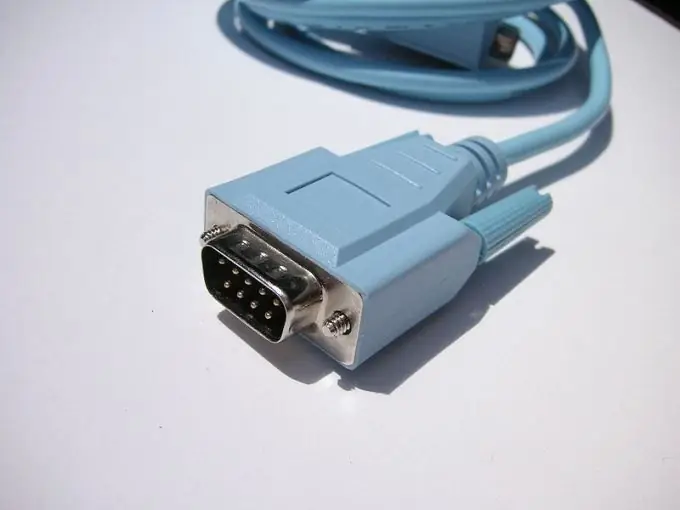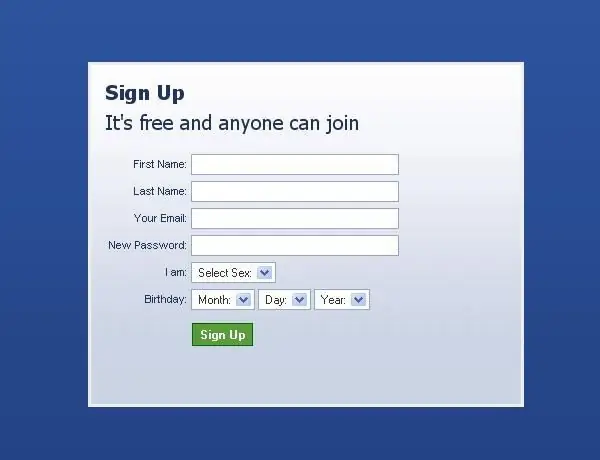- Author Lauren Nevill [email protected].
- Public 2023-12-16 18:48.
- Last modified 2025-01-23 15:15.
If overloaded, the COM port on the motherboard may burn out. In this case, it is not necessary to change it - it is enough to change the built-in COM port to an additional board with such a port or connect an adapter converter to the USB port.

Instructions
Step 1
Make sure both COM ports are faulty. If only one of them has failed, and the device is also connected, it makes sense to just use the second one. Make the switch with the computer and device de-energized. Check and repair the device itself so that it does not damage the new port.
Step 2
If both ports are faulty, turn on the machine and run the CMOS Setup utility built into the BIOS (holding down the Delete or F2 key while loading the BIOS, depending on the brand of the motherboard). Go to the Intefrated Peripherals menu item. Find an RS-232, Serial Port or similar device. Disable it. Save the settings by pressing F10 then Enter.
Step 3
Power off the computer and connected device. Disconnect the latter from the port.
Step 4
If the motherboard has at least one free ISA slot, buy a so-called multicard. It is equipped with controllers for COM and LPT ports, as well as drives and hard drives. Using jumpers (jumpers), disconnect all devices on this board, except for the serial port, the connector of which has 9 pins (it is located on the board itself, and not on the strap connected by a loop). Place the card in the slot and secure.
Step 5
If your motherboard has only PCI slots, purchase a modern Chinese-made motherboard - PCI-COM adapter. It has no jumpers; it is enough to simply install it in the slot and fix it.
Step 6
Together with a laptop, as well as if you do not want to disassemble the computer, you can use a USB-COM adapter. Connect it to any free USB port (including via a USB hub). Despite the fact that the USB port can be connected when the equipment is turned on, an adapter of this type cannot be hot plugged in or out, just like the device it serves. Please note that it will not work in DOS.
Step 7
Connect the device to the COM port of the board or adapter.
Step 8
Turn on your computer and device. Wait for the OS to load. In the settings of the program serving the device, select a new port. Its name depends on the OS.






